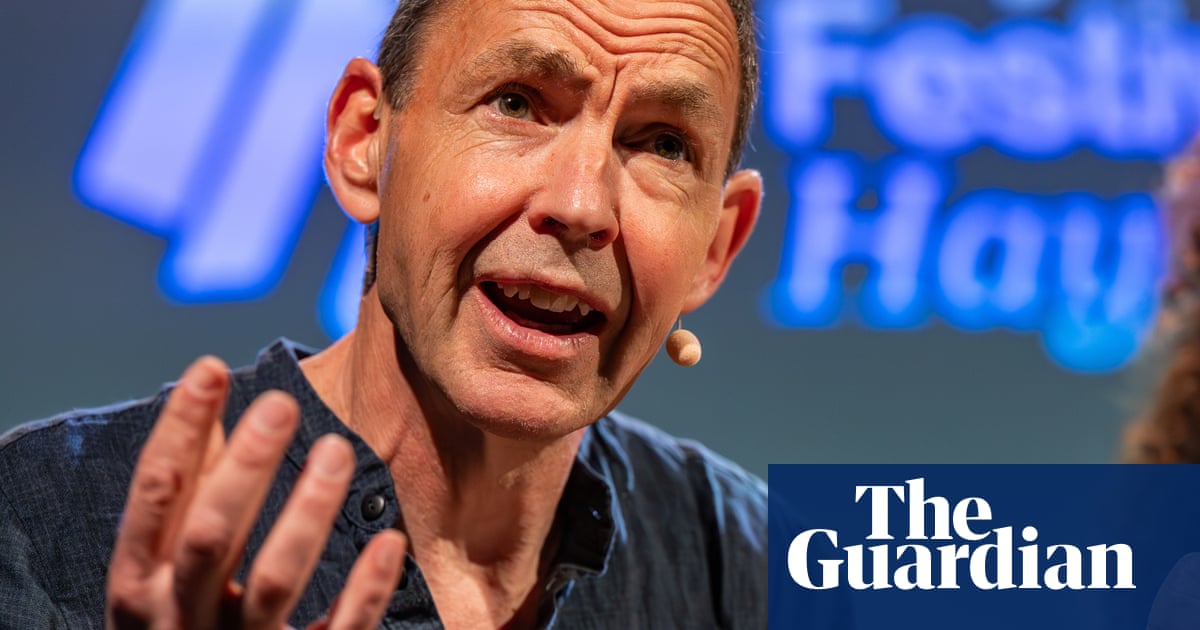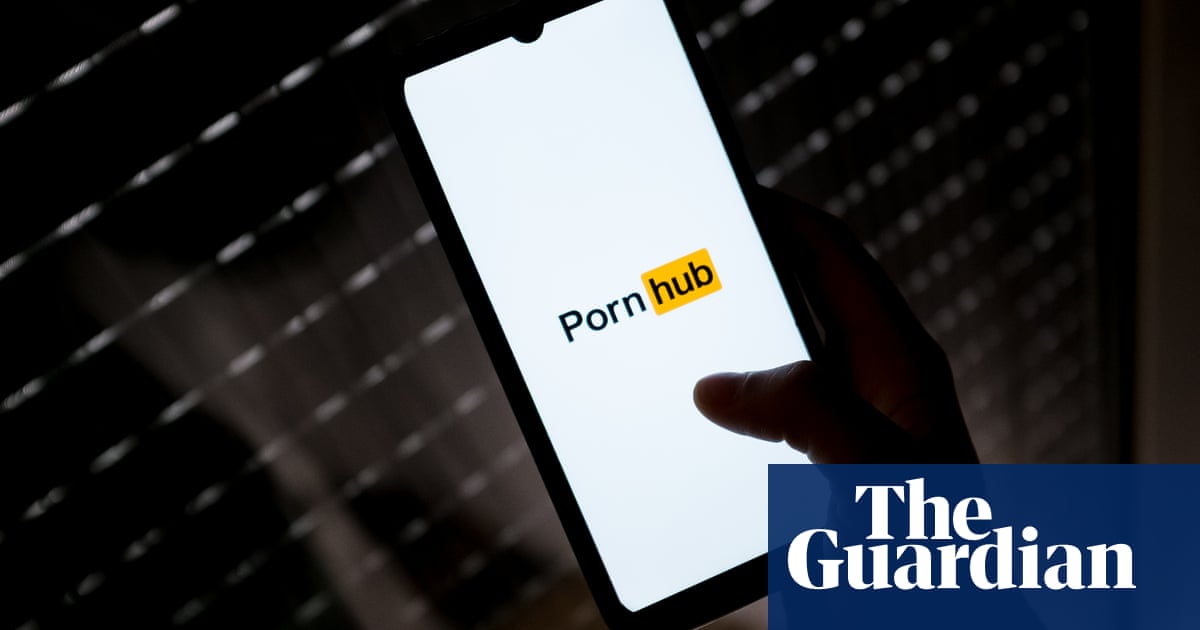China’s authorities appear to have implemented an enhanced version of the country’s internet censorship regime in the central province of Henan, subjecting tens of millions of residents to even stricter controls on access to information than people in the rest of the country.
A research paper published this month by Great Firewall Report, an internet censorship monitoring platform, found that internet users in Henan, one of China’s most populous provinces, were, on average, denied access to five times more websites than a typical Chinese internet user between November 2023 and March 2025.
“Our work documents an alarming sign of regional censorship emerging in China,” said the researchers, who include authors from the University of Massachusetts Amherst and Stanford University.
China has the world’s most sophisticated and extensive internet censorship regime. Internet users cannot access most western news websites or social media platforms, including services provided by Google, Wikipedia and Meta.
Within what has been dubbed the “great firewall”, online content is monitored and censored by a mixture of government authorities and private companies complying with laws that require them to delete any content considered “sensitive”. That includes any information about historical or current events that goes against the Chinese Communist party’s official narrative.
The researchers began looking into the topic after internet users in Henan reported that websites accessible in other parts of China were inaccessible in their province. They found that millions of domains that were not blocked by China’s centralised firewall were at some point inaccessible in Henan.
By buying servers from internet cloud providers, the authors tested the flow of internet traffic from locations within Henan. They tested the internet’s top 1m domains daily between November 2023 and March 2025, with a gap of several months in 2024. The results showed that the Henan firewall blocked nearly 4.2 million domains at some point during the research period, over five times more than the roughly 741,500 domains blocked by China’s national firewall.
The domains that were specifically blocked in Henan were mainly from business-related websites. There have been several finance-related protests in Henan in recent years, which the researchers speculated could be the reason for the additional controls on access to information about the economy being controlled.
In 2022, thousands of people in Henan took part in several demonstrations after they were blocked from withdrawing cash from their bank accounts. The crisis escalated when protesters reported that their mobile health codes, part of the pandemic control measures in place at the time, had turned red, preventing them from travelling or entering buildings. Five officials were later punished for abusing the health code system to quell the protests.
Other parts of China have also been subjected to enhanced internet controls. In July 2009, following deadly ethnic riots, the Chinese government imposed an internet blackout in Xinjiang, a region in western China home to the Uyghur minority, that lasted 10 months. Since then, the use of the internet in Xinjiang has been much more tightly monitored than in the rest of the country. Online activities in Tibet are also strictly controlled.
The emergence of a regional censorship regime in Henan is unusual because it is not a region of China that is normally considered especially restive by the Chinese authorities.
The researchers could not determine if the enhanced controls were imposed by the local authorities in Henan or the central government in Beijing.
after newsletter promotion
Rapid advances in China’s artificial intelligence companies are a boon to both the censors and those who wish to evade them. China’s Ministry of Public Security (MPS) recently unveiled new surveillance tools that can monitor people who use virtual private networks, software that allows people to circumvent the internet firewall. The MPS’s research institute also showcased a tool that it claimed could monitor accounts on Telegram, a messaging app. The tool has already collected more than 30bn messages, the institute claimed.
Mingshi Wu, the lead author of the Henan study, who uses a pseudonym to protect their identity, said: “On the one hand, AI could be leveraged to create more sophisticated, adaptive, and efficient censorship and surveillance tools. On the other hand, AI also enables new opportunities for those seeking to understand and circumvent censorship. For example, AI can assist in developing more agile testing tools for detecting censorship.”
The Henan Cyberspace Affairs Commission could not be reached for comment.
Additional research by Lillian Yang























